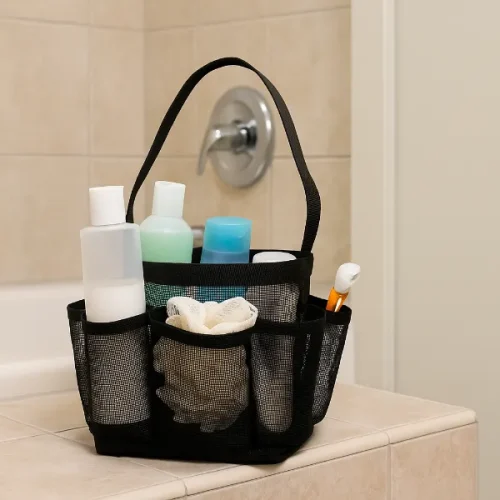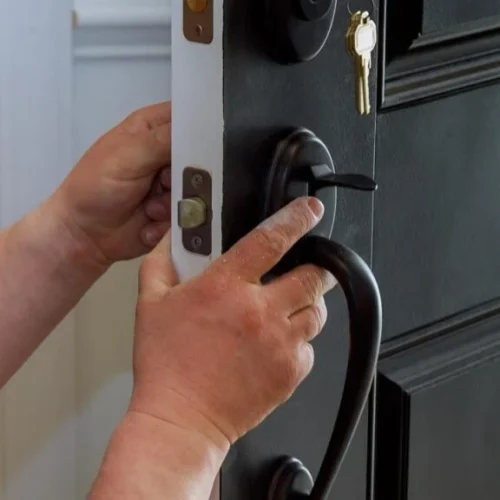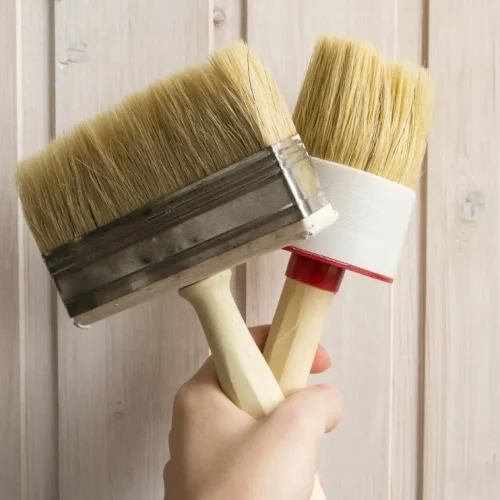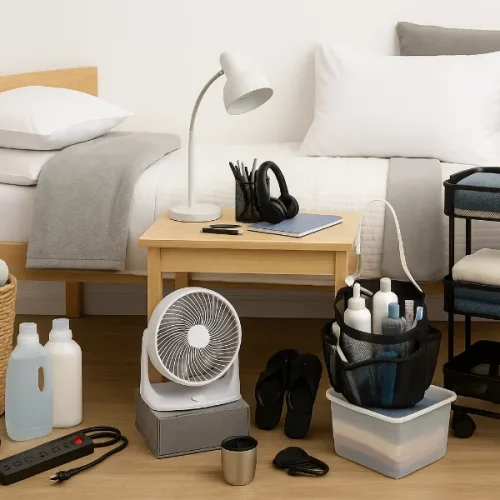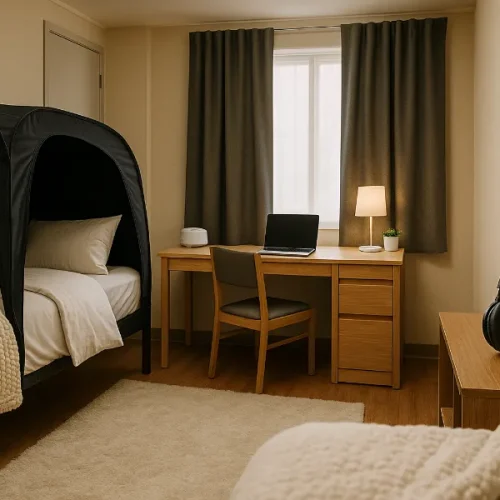
Moving is a big step. You’re bringing all your personal items to a new place. While the excitement of a fresh start is great, the move itself can be risky for your stuff. Things can get broken, lost, or even stolen. Making sure your items are safe is a top priority. This article will look at moving insurance and who is responsible for your things. It will help you make smart choices and keep your valuable stuff safe during your move.
Knowing your rights and what your movers must do is the first step. This means learning about different types of insurance. You also need to know what makes movers responsible and what steps you can take. These steps will give you peace of mind during this big change.
Understanding Mover Liability: What’s Covered by Default?
When you hire a moving company, they have a basic level of responsibility for your goods. This is usually called “Released Value Protection” or “Limited Liability.” It’s important to know about this standard coverage before you think about adding more insurance. Most movers offer this default level of protection. Select a reputable moving company Orange County CA, to safeguard your belongings.
Released Value Protection (Limited Liability)
Released value protection is a cheap option. Federal law in the US requires it for moves that cross state lines. Here’s how it works: for any lost or damaged item, the mover pays you a very small amount. This is usually around $0.60 per pound per item. So, a 10-pound TV that cost $1,000 would only get you $6 back. This low rate often does not cover the true value of your items.
Ask your movers for a clear written explanation of their released value protection.
Valuation vs. Insurance: Key Differences
It’s easy to confuse “valuation” with actual insurance. Valuation is what the movers say your items are worth, but it’s often a very low estimate. It is not the same as a real insurance policy. Valuation does not mean you’ll get enough money to replace damaged goods. It’s just a limit on the mover’s liability.
Imagine your antique desk, valued at $2,000, gets ruined during a move. Under released value, if it weighs 100 pounds, you might only get $60. This shows how a mover’s “valuation” won’t cover the real cost to replace your item. The limited payout really shows its limits.
State Regulations and Variations
Moves within the same state have different rules than moves across state lines. State laws might offer different protections. They could also have other requirements for movers. It is important to know your state’s specific laws.
Consumer protection groups often say that understanding state-specific moving laws is very important. This helps people moving within their own state.
Essential Moving Insurance Options: Beyond Basic Liability
The default liability from movers often isn’t enough. Many people want more protection for their valuable items. There are other insurance choices you can get. These policies go beyond what the mover covers by default.
Full Value Protection
Full value protection is a much better choice for coverage. With this, movers are responsible for replacing broken items with new ones. They can also pay you cash for the item’s current replacement cost. This coverage means your items are safer. It gives you peace of mind.
Always ask about any deductible tied to full value protection policies. This is the amount you pay before coverage kicks in.
Third-Party Moving Insurance
You can buy moving insurance from other companies. These are independent insurance providers. Getting insurance this way can offer big benefits. You might find broader coverage. Or, you could get a better price than what the mover offers. This option lets you tailor your protection.
Make sure to compare prices from many third-party insurers. Do this before you decide which one to use.
Homeowners/Renters Insurance and Moving Coverage
Does your current homeowners or renters insurance cover items during a move? Maybe, but usually with limits. These policies might cover your things while they are in transit or storage. However, there are often exclusions. For instance, they might not cover damage from poor packing.
Many homeowners policies offer limited coverage for belongings during a move. It’s key to check your specific policy details with your insurer. This gives accurate info on protection while moving.
Preparing Your Inventory: A Crucial Step for Claims
Making a detailed list of your items is very important. This list helps both the movers and you, if you need to file a claim. It’s a smart step that makes the whole claims process easier later on. Having a good inventory keeps things clear for everyone.
Creating a Detailed Moving Inventory List
Make a complete list of everything you’re moving. Write down each item. Note its condition before the move. Give an estimated amount it would cost to replace it. This list should be thorough.
Take pictures or videos of your expensive items. Also, do this for important boxes before they are packed. This provides good proof.
Documenting Item Condition Before and After
Always write down the condition of your belongings before they move. Note any existing scratches or dents. Then, check each item carefully when it arrives at your new home. This helps avoid problems later.
When you have clear records from before the move, it prevents arguments. Movers can’t say damage was there already if you have proof.
The Role of the Bill of Lading
The Bill of Lading is a legal paper. It lists the services, the inventory, and any damage seen at pickup. It shows the terms of your moving service. This document is very important. It acts as a contract.
Carefully read the Bill of Lading before you sign it. Write down any differences you see. Also, note any damage you spot when your items are delivered. This protects you.
Filing a Claim: What to Do When Something Goes Wrong
Sometimes, things go wrong. If your belongings get damaged or lost, you’ll need to file a claim. This section tells you how to do that step by step. Knowing the process helps you get what you need.
Understanding the Claim Filing Process
First, report any damage or loss quickly. Most moving companies have a set time limit for reporting. Gather all your documents. These include your Bill of Lading, inventory list, receipts, and photos. Keep them safe.
Keep all important papers. This includes the Bill of Lading, your inventory list, receipts, and photos. Store them in a secure spot.
What Information is Needed for a Claim?
To support your claim, you’ll need specific details. Provide proof of how much items are worth. Get repair estimates for damaged goods. Or, show the cost to replace lost items. Clear evidence helps your claim move faster.
Prompt and thorough documents are key for a good moving claim. Movers and insurers use clear proof. They use it to figure out who is responsible and what to pay.
Resolving Disputes and Escalation
What if your claim gets turned down? Or if you disagree with the mover? You might need to take more steps. This could mean trying mediation or arbitration. These are ways to settle disagreements without going to court.
Consumer protection reports show many moving problems get fixed through talking. Clear documents also help solve disputes.
Proactive Measures: Minimizing Risk Before and During the Move
You can do a lot to lower the chance of your things getting lost or broken. Taking action before and during your move makes a big difference. These steps help keep your belongings safe.
Choosing a Reputable Moving Company
It’s super important to check out movers. Read reviews from other customers. Make sure they have a license and insurance. Always get written quotes for the service. A good mover makes things easier.
Look for movers approved by groups like the American Moving and Storage Association. Also, check their ratings with the Better Business Bureau.
Packing High-Value Items Yourself
Think about packing fragile or expensive items yourself. This gives you more control over how they are handled. You can ensure they get the best protection. This is a smart move for special items.
Use good packing supplies for delicate things. Learn proper packing skills for these items.
Clear Communication with Your Moving Crew
Talk clearly with your moving team on moving day. Tell them if you have worries about certain items. A simple chat can prevent accidents. Make sure they know what’s fragile.
A quick word to the movers about a very old lamp can stop it from breaking. Good talking helps a lot.
Conclusion: Peace of Mind Through Preparedness
Moving your home can be stressful. But, understanding mover liability and getting the right insurance can ease your mind. This article showed you how to protect your belongings. Being ready is the best way to have a smooth move.
Key Takeaways for a Smooth Move
Remember these main points for a good move: learn about the mover’s basic responsibility. Look into different insurance options. Create a full list of your items. And always pick a reliable moving company.
Ensuring Your Belongings Arrive Safely
With good planning and the right insurance, you get peace of mind. You can then focus on the fun parts of your new home. Your belongings can arrive safe and sound.



